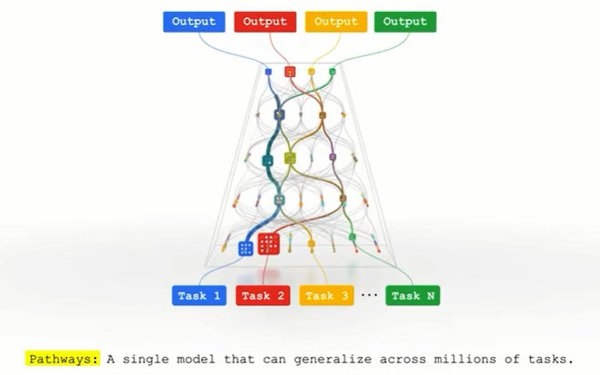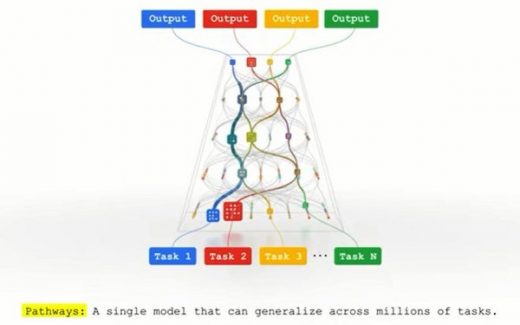Google Reveals Next-Gen AI Architecture
Google Reveals Next-Gen AI Architecture

Twenty years of research advancements have helped elevate artificial intelligence (AI) from a promising idea to an indispensable tool.
Now, per Google, the technology is poised to help humanity confront some of the toughest challenges ever faced, from persistent issues such as disease and inequality to emerging and increasingly urgent threats such as climate change — and to perform multiple tasks simultaneously.
“Today’s AI models are trained to do one thing,” Jeff Dean, senior fellow and senior vice president of Google Research, wrote in a post. “Pathways will enable Google to train one model to do thousands or millions of things.”
The news announced on Thursday, largely overshadowed by Facebook’s corporate rebrand to Meta and CEO Mark Zuckerberg’s detailed description of his futuristic project metaverse.
In Google Pathways, developers can create thousands of models for just as many individual tasks. It takes longer this way, but it also requires much more data to learn each new task. Pathways will enable Google developers to train one model that can not only handle multiple, separate tasks, and draw on and combine its existing skills to learn new tasks faster and more effectively.
The model would learn from one task and take what it learned to learn another task. “We want a model to have different capabilities that can be called upon as needed, and stitched together to perform new, more complex tasks – a bit closer to the way the mammalian brain generalizes across tasks,” he wrote.
Pathways can focus on multiple senses, whereas today’s models mostly focus on one sense.
Pathways could enable multimodal models that encompass vision, auditory, and language understanding simultaneously. Whether the model is processing the word “leopard,” the sound of someone saying “leopard,” or a video of a leopard running, the same response is activated based on the concept of a leopard. Dean said it produces a more insightful model less prone to mistakes and biases.
Dean argues Pathways has a larger capacity to learn different tasks, and it’s more energy efficient because only relevant parts of a network are activated for a given task.
(51)


